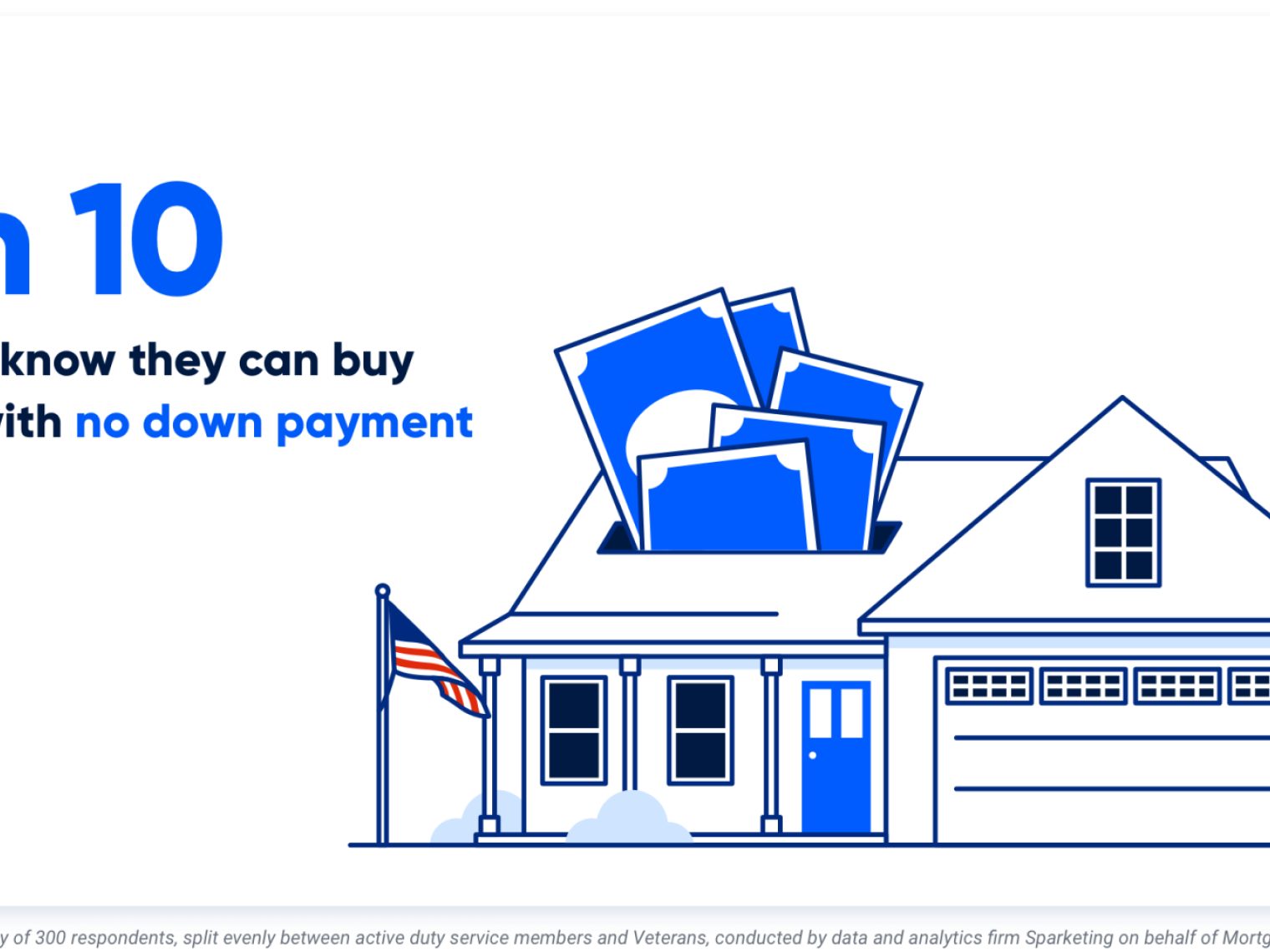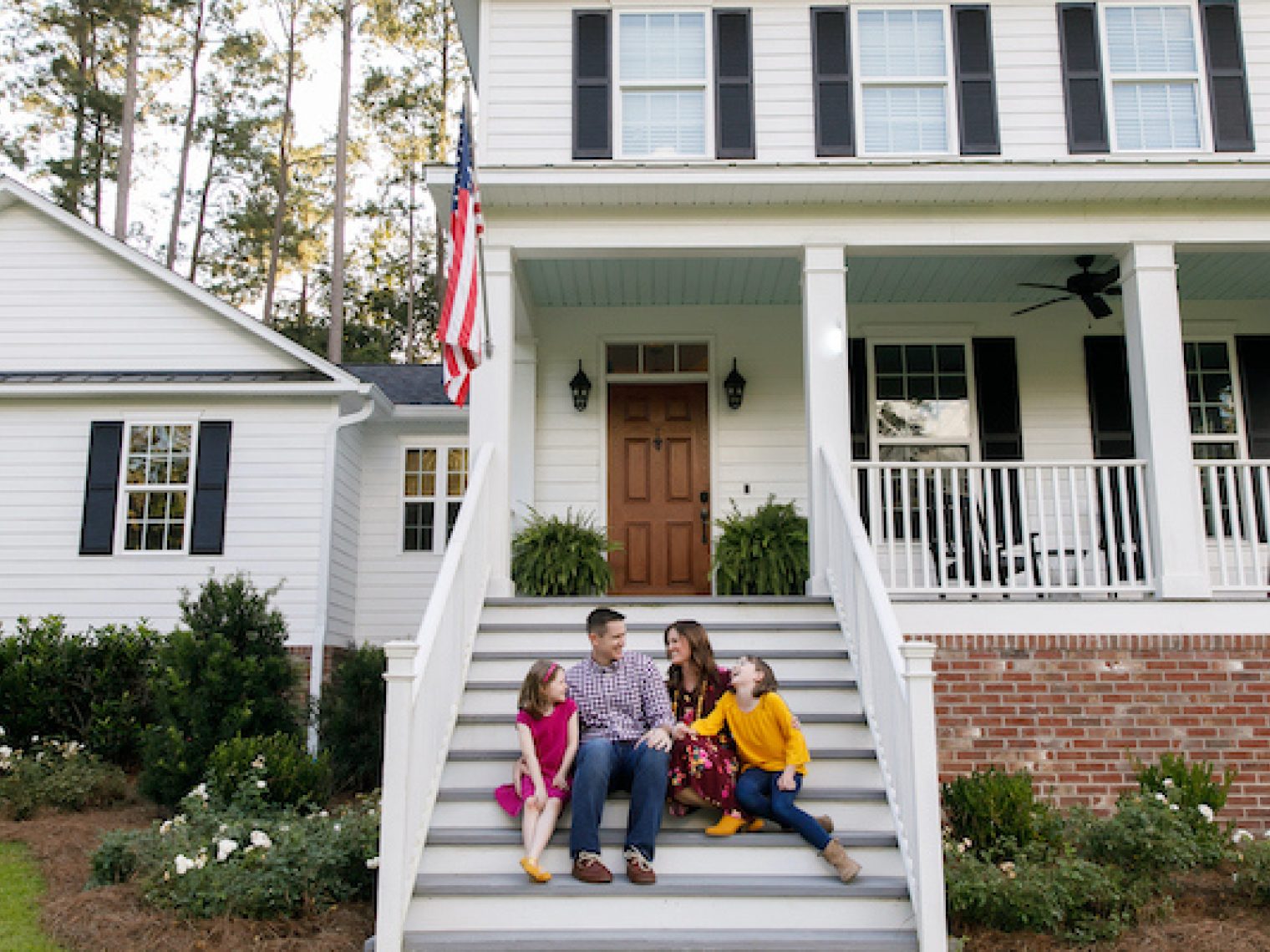It's not uncommon for issues to arise during the VA appraisal process. This doesn't automatically mean the purchase deal will go down the drain. There is flexibility regarding who can pay for these repairs.
The VA appraisal process includes a high-level look at the property's health, safety and marketability conditions. It's not uncommon for the VA appraiser to uncover problems that need repairs before your loan can move forward.
Often these are small-ticket issues that require minimal time and money. But there are times when bigger and costlier problems arise.
In either case, there's a pervasive misconception among real estate agents and lenders regarding who can pay for these repairs. Sellers and buyers are frequently told that the responsibility for repairs falls on the seller.
Needless to say, that can cause a VA purchase deal to collapse or lead would-be sellers to avoid accepting VA offers entirely.
Can a Buyer Pay for VA-Required Repairs?
The reality is VA buyers can pay for home repairs needed to close a loan, even if they're issues related to the VA's Minimum Property Requirements. Guidelines and policies on how this works in practice can vary by lender.
To be sure, if the VA appraisal indicates there are repairs needed, buyers should first ask the seller to cover these costs. But if the seller refuses and you want to keep the deal going, you may be able to pay for the repairs yourself.
Whether that's a good financial investment is often the key question.
Paying for Appraisal Repairs
At Veterans United, we typically approach borrower-paid repairs like this:
- The borrower needs to sign a “hold harmless" agreement
- If the total cost of repairs is $500 or less, the work shouldn't be completed until an underwriter has conditionally approved the loan
- If the total cost of repairs is greater than $500, the work shouldn't be completed until the lender issues a clear to close on the loan.
VA Escrow Holdback
In some cases, repairs can be completed after the loan closes. The borrower would need to put money to pay for these repairs in an escrow account. This is known as an escrow holdback.
You'll typically be required to put 1.5 times the cost of repairs into the escrow account.
Common interior repairs that can be replaced after closing include torn carpet, installing handrails and replacing cracked tile. Bigger projects like major electrical work, plumbing repairs or foundation work would need to be addressed before the loan could close.
Repairs on Distressed and Foreclosure Properties
Another thing to keep in mind with paying for repairs is that you may not always have the option, which often comes into play with distressed properties and bank or government-owned homes.
Veterans can look to use their VA loan benefits to purchase foreclosures and other distressed properties. But tackling repairs can pose a significant challenge.
Banks, the U.S. Department of Housing and Urban Development (HUD), and other agencies that own distressed properties won't typically pay for repairs needed to close a loan. But they don't always allow buyers to pay for them either. Often these homes are sold truly "as-is," with no repairs allowed before closing.
Talk with a Veterans United VA Loan Expert at 855-259-6455 if you're hoping to purchase a foreclosure. They're not always in the best of shape, and any repairs that come up can pose a real issue for getting your VA loan to closing.
Is Paying for Appraisal Repairs a Wise Investment?
Last, the biggest issue with paying for repairs out of your pocket is that you're spending money on a home you don't actually own. Once you receive a clear to close, it's relatively rare for things to go sideways, but it does happen. The last thing you want to do is pay for repairs on a home you can't ultimately buy.
If your VA appraisal comes back with repairs, talk with your loan officer about your options and the potential outcomes. But be aware that you may be able to cover these costs to keep the deal moving forward.
Related Posts
-
 VA Loan Down Payment RequirementsVA loans have no down payment requirements as long as the Veteran has full entitlement, but only 3-in-10 Veterans know they can buy a home loan with zero down payment. Here’s what Veterans need to know about VA loan down payment requirements.
VA Loan Down Payment RequirementsVA loans have no down payment requirements as long as the Veteran has full entitlement, but only 3-in-10 Veterans know they can buy a home loan with zero down payment. Here’s what Veterans need to know about VA loan down payment requirements. -
 5 Most Common VA Loan Myths BustedVA loan myths confuse and deter many VA loan borrowers. Here we debunk 5 of the most common VA loan myths so that you can borrow with confidence.
5 Most Common VA Loan Myths BustedVA loan myths confuse and deter many VA loan borrowers. Here we debunk 5 of the most common VA loan myths so that you can borrow with confidence.

